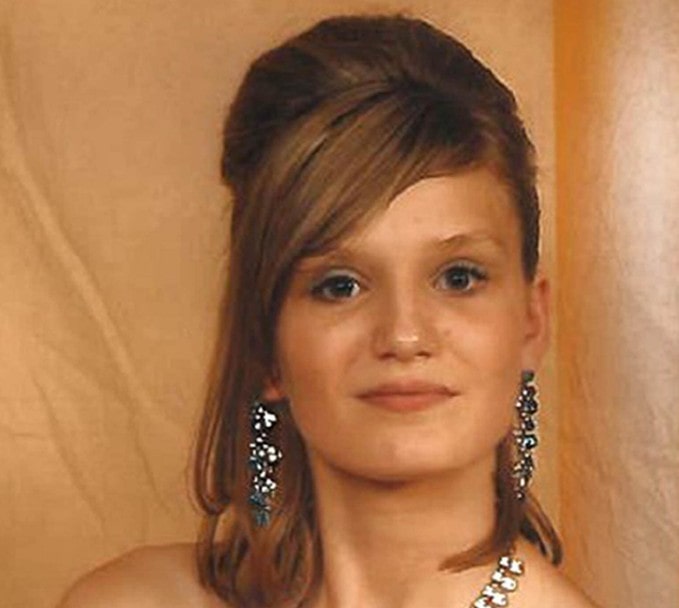Care Home Under Scrutiny After Teen’s Murder Sparks Safety Concerns
Serious concerns have surfaced at the inquest into the death of 18-year-old Melissa Mathieson, who was killed in a care home that was meant to keep her safe.
The inquest has revealed a devastating lack of communication that may have played a role in her death. Melissa, who had autism, was murdered in her room at Alexandra House by fellow resident Jason Conroy, a man with a deeply troubling past.
Conroy, who is now serving a life sentence, had previously tried to kill his own mother and had attacked a teacher in an apparent sexually motivated act. Yet, staff at the care facility claimed they were left completely unaware of the extent of his dangerous history.
“We were just told he came from a boarding school and that was it,” said support worker Michelle Forde during the inquest. “If I knew any of that I would not ever have worked with him – putting us all at risk.”
The comments from staff paint a disturbing picture of a system that may have failed not only Melissa but those assigned to protect her. Despite detailed reports from Conroy’s previous placements being passed on to the home’s management, frontline carers say they were kept in the dark.
Michelle Cole, another support worker, shared that Melissa had told her she felt watched by Conroy. She said she took those concerns to her supervisor, Elaine Coleman.
“I asked to speak with Elaine Coleman privately in the office, and reported those incidents to her,” Cole told the court.
“She said she would keep an eye on things. I felt like I wasn’t listened to and not taken seriously.”
Coleman, a senior staff member at the home, said that had she known the full extent of Conroy’s background, she would have ensured stronger safeguarding procedures.
“We didn’t know Jason was as dangerous as he was,” she said. “If I had seen something within his notes I would have made sure everybody was aware of that and made sure there was two-to-one staffing.”
Melissa had only just reached adulthood when she was moved to Alexandra House by social services. Her own words, shared in a letter, reflect a sense of displacement and emotional turmoil. She wrote that she had been “dragged away from my home and everything I knew” by authorities who “destroyed my life.”
Conroy was transferred to the care home just two months before the murder. Despite staff reporting odd behaviour and concerns, no warnings about his violent and sexually deviant tendencies were shared with them.
After an unsettling encounter at a public swimming pool, Forde said she flagged Conroy’s behaviour to her supervisor.
She later discovered the full extent of his background only after the tragedy had occurred. “A disgrace,” she called it. “We had one-to-one [contact] with him, all of the female staff.”
The home’s management had reportedly received comprehensive documents, including psychological assessments and risk evaluations, prior to Conroy’s placement — but this crucial information appears not to have been passed down.
These revelations come at a time when broader concerns about safety in UK care homes are growing. In a separate incident, two elderly women died after a BMW crashed into a Sunderland care home, sparking calls for urgent reviews of safety standards across the sector.
Now, as the inquest continues, questions mount: Who knew what? And why weren’t the staff told?
The proceedings have been adjourned until Monday.






